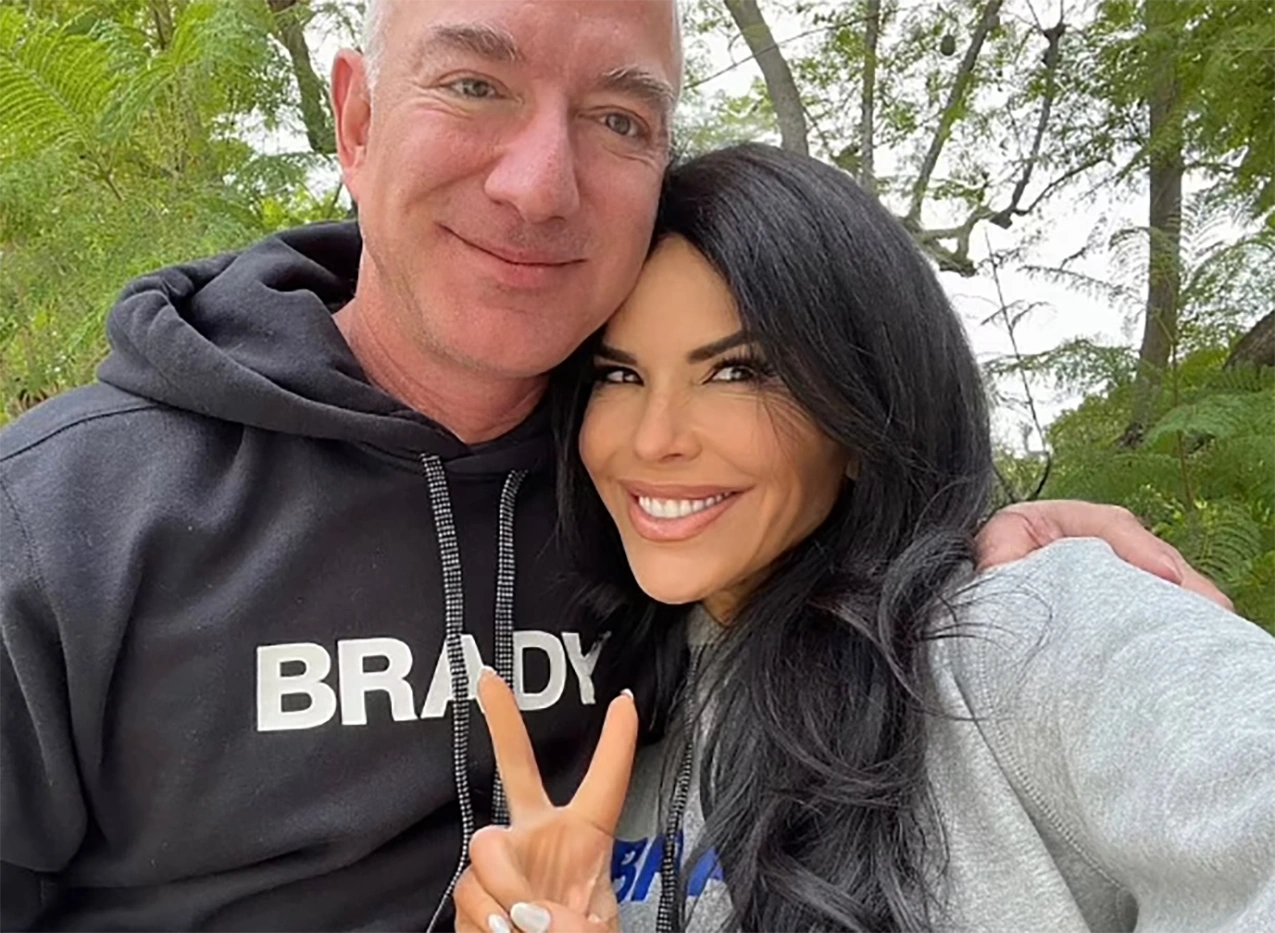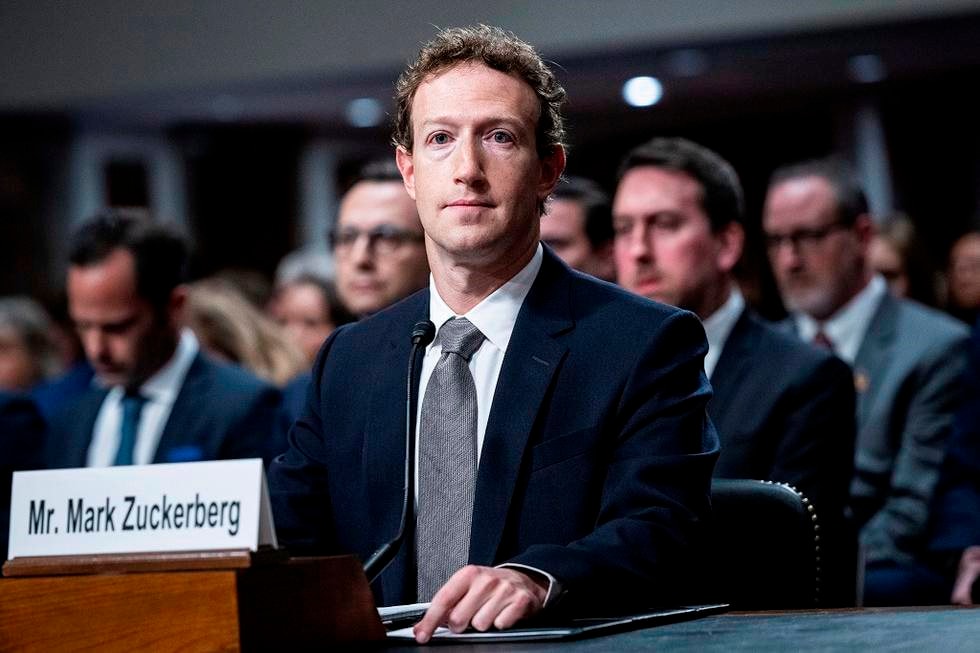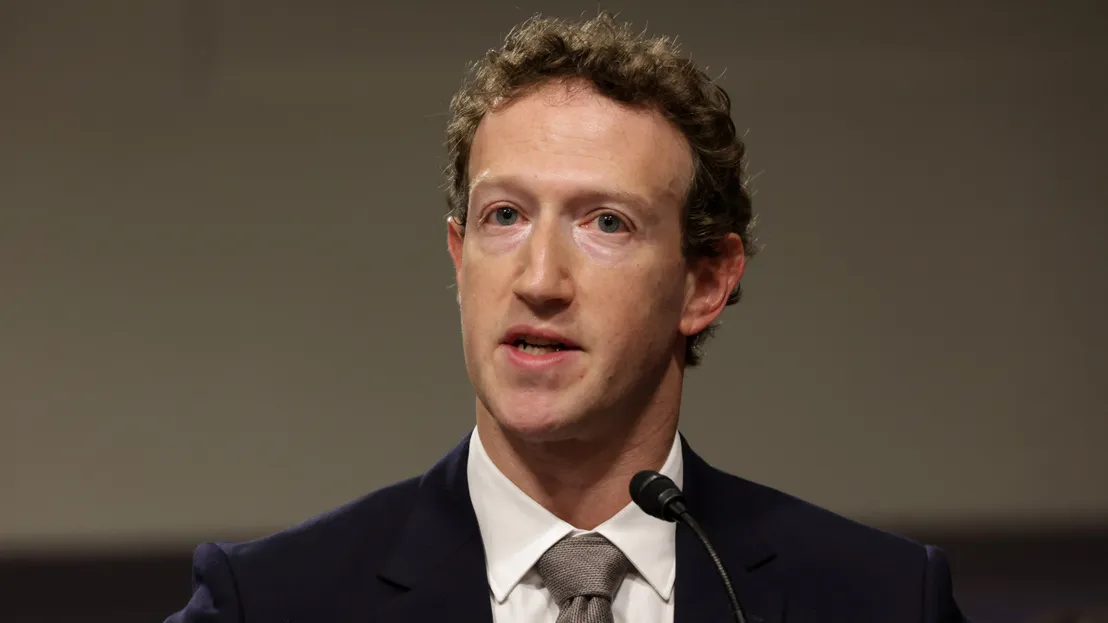
Indian Billionaire Gautam Adani Plans $3 Billion Redevelopment of Asia’s Largest Slum
India’s second-richest billionaire, Gautam Adani, is spearheading a $3 billion project to transform Dharavi, Mumbai’s iconic slum. This ambitious endeavor, however, faces formidable challenges due to the complexities of urban redevelopment and resistance from various stakeholders.

Dharavi: A Slum with Potential and Challenges
Spanning 240 hectares, Dharavi is Asia’s largest slum, home to nearly 1 million residents and about 20,000 small businesses and factories. Located less than 10 kilometers from Mumbai’s international airport and neighboring the Bandra-Kurla Complex—an upscale commercial hub—Dharavi holds immense real estate potential.
Despite its impoverished conditions, Dharavi is a symbol of resilience and entrepreneurship. Its prominence was highlighted in the 2008 Oscar-winning film Slumdog Millionaire. For developers, its prime location makes it a “gold mine,” but the area’s dense population and socio-economic dynamics complicate redevelopment efforts.
The Adani Group’s Vision for Dharavi
In 2022, Gautam Adani’s Adani Group secured the redevelopment contract for Dharavi, edging out competitors with its ambitious vision. Ranked as the 21st richest person globally, with a fortune of $70.8 billion as of November 2024 (Bloomberg Billionaires Index), Adani aims to transform Dharavi into a modern urban township.
The Proposed Plan
The project involves a joint venture between Adani Properties (80% ownership) and the Dharavi Redevelopment Authority. The development team includes architect Hafeez Contractor, along with US-based Sasaki and UK-based Burro Happold, tasked with creating a master plan.
The blueprint envisions a mix of apartment buildings, offices, shopping malls, schools, and hospitals. The target completion time is seven years, with initial surveys already underway to identify eligible households for on-site resettlement.

Challenges to Dharavi’s Transformation
Population Density and Resettlement Issues
Dharavi’s population density is staggering, with approximately 354,167 people per square kilometer. Under the redevelopment plan, only residents who lived in Dharavi before 2000 are eligible for free, on-site resettlement. This leaves nearly 700,000 people ineligible, sparking concerns and resistance.
Local residents, represented by figures like lawyer Katke, demand better resettlement policies. “We insist that 100% of residents be resettled on-site in improved conditions,” Katke told Le Monde.
Environmental Concerns
To accommodate ineligible residents, Maharashtra state granted three plots of land to the Adani Group, including salt marshes and contaminated landfill areas. Environmentalists have raised alarms, arguing that the salt marshes, vital for Mumbai’s mangrove ecosystem, protect the city from monsoon flooding.
Jairam Ramesh, a Congress Party leader, criticized the plan, stating, “The salt marshes act as a natural sponge for excess water during the monsoon. Sacrificing this ecosystem jeopardizes Mumbai’s long-term sustainability.”
Political and Ethical Scrutiny
Critics accuse Adani Group of leveraging its close ties with Maharashtra’s state government and Prime Minister Narendra Modi to secure lucrative contracts. Aaditya Thackeray of the Shiv Sena (SS) party alleged that the company received additional land, valued in billions of rupees, under the guise of redevelopment.
Thackeray further claimed, “Adani Group is profiting from this project while presenting it as a public good. The extra land they’ve acquired raises significant questions.”
Mumbai’s Real Estate Dynamics
Mumbai is India’s most vibrant real estate market, characterized by soaring property prices and growing demand for residential and commercial spaces. While most apartment transactions fall within the mid-range segment (around $600,000), the city also boasts luxury apartments selling for over $12 million.
Despite this prosperity, Mumbai remains a city of stark contrasts. It is home to 92 billionaires and 60,000 millionaires, yet half the population lives in slums.

A History of Failed Redevelopment Attempts
Dharavi’s redevelopment has been attempted four times before, with all efforts collapsing due to local opposition. The Adani Group’s $3 billion investment is the latest attempt to overcome these challenges.
Adani acknowledges the enormity of the task but remains optimistic. He envisions a future where Dharavi could produce “millionaires without the prefix slum,” transforming the area into a beacon of opportunity and growth.
A Bold Vision with High Stakes
Gautam Adani’s redevelopment of Dharavi is an ambitious project that encapsulates the promise and peril of urban transformation. While the plan holds the potential to revolutionize Asia’s largest slum, it must navigate a maze of logistical, environmental, and political hurdles.
The project’s success will hinge on balancing the interests of residents, environmentalists, and stakeholders while addressing the ethical concerns surrounding land allocation and corporate influence. If achieved, it could serve as a model for inclusive and sustainable urban development in the 21st century.
By turning a symbol of poverty into a thriving urban hub, Adani’s vision for Dharavi might just redefine Mumbai’s future—if it can overcome the towering challenges that lie ahead.


















